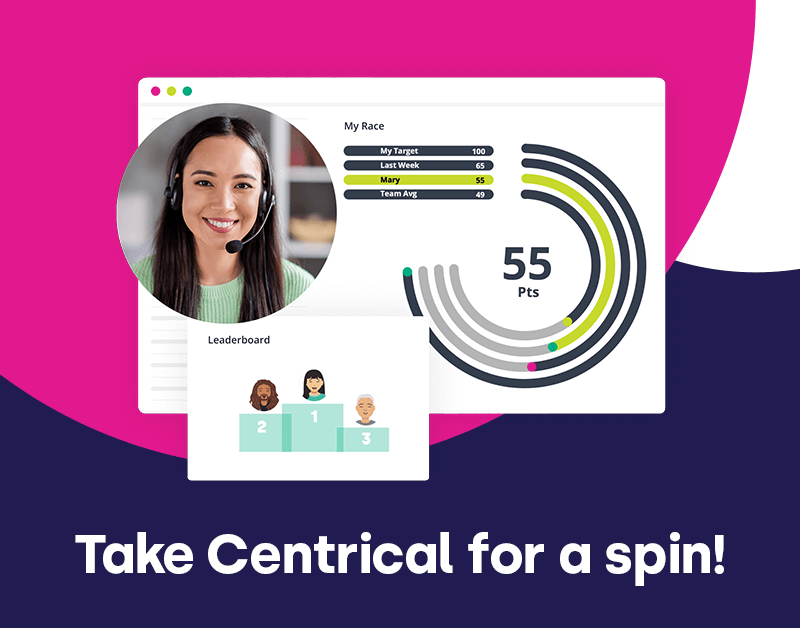Choosing the best LMS System for your Organization
The Corporate learning market has changed over the past few years. While in the past learning systems were meant to serve mainly as a system of record and content curation, today the expectations are much higher. Choosing the best LMS system for your organization means you must first clearly define your learning goals and understand your workforce limitations – Are you churning and onboarding a lot of employees regularly or are your employees highly specialized and required to retain large volumes of information? Are your employees desk ridden or are they on the field and hopping from one client to another? Asking the right questions will help you understand which features you need in your enterprise learning system and know how to find the perfect LMS for your company.
Learning goals
While it’s tempting to look for a system that covers everything, very few off-the-shelf LMS systems are likely to fit all business needs and learner personas. Most companies require training focused on different stages in the learning journey. Each stage’s learning goals dictate different system requirements. These goals usually fall into 3 categories –Knowledge initiation, Knowledge retention and Knowledge management.
Knowledge Initiation – This learning goal usually fits employee onboarding, training employees for a new role or training towards the introduction of a new product line. In these situations, the training program is focused on quickly delivering large doses of information, required to get the employee on to the playing field and with the basic level of knowledge needed to do his job. Corporate units who have this as their primary focus are usually in fields with high employee churn (e.g. call centers) or selling a wide range of products (e.g. insurance agents)
The best LMS system for these companies will have strong features for authoring content and building blended sessions (content and questions) to supplement class lectures. Furthermore, they will help maintain a record of which employees completed what types of training. Last, they should have strong features such as gamification or digital motivation to keep learners focused and deliver high course completion and participation rates.
Knowledge Retention – Organizations where employees are highly specialized or work with very complex products require learning systems that are strongly focused on retaining knowledge and battling the forgetting curve. A good example of this is pharmaceutical representatives. During their sales process, reps must be able to retrieve from memory, information on their products interactions with other medicines, side effects, recite studies and articles and answer to expert questions. They must do this quickly, with confidence and at will.
To enable this level of proficiency a relevant LMS should be able to push content to learners and interact with them anywhere from their workstation to their commute to the next client. It should have built in features for repetition and retrieval practices (e.g. quizzes) and should be able to adapt these practices based on confidence levels and past performance. Furthermore, it must have features to engage the learner and keep up their participation level. Last, a great system will align itself with recent learning best practices, allowing microlearning, spacing and interleaving learning topics.
Knowledge Management – Over the course of their existence companies build a wide knowledge base of topics and best practices. The best solution to a common customer case, frameworks for certain sales practices, the positioning of one product against a competitor’s facsimile – all these tend to preside in either disorganized casual files/emails or worse, only in employees’ heads. While most LMSs are focused on “pure” learning, for many organizations that simply isn’t enough. It’s estimated that ~20% of learning is done through social exposure and, when employees need information on a certain topic, on the job, they usually search for it in external resources online. Hence, in organizations that have a lot of loose knowledge, a good LMS system will provide features that help create, share, curate and disseminate knowledge.
To support this, a learning management system must have social features such as feeds, profiles and messaging, it must enable creating, tagging and searching for learning materials and it should have tools to motivate learners to participate and share knowledge with their pears. Having these features is especially critical for companies that are still in the beginning of their training development process and will help them lay the foundations for a more structured training program going forward.
What now?
Finding the best LMS for your company means filtering through a wide range of available systems and understanding the strengths and weaknesses of each one. While many providers sell themselves as a one size fits all solution, the reality is that most are better at specific verticals and use cases and only tick the box on certain features that might be crucial for others. Being methodical about your search process, clearly defining your needs and understanding your envisioned solutions will help you simplify the process and make sure you end up making the right choice.
Gameffective provides a comprehensive platform to supercharge and, in some cases, completely replace your learning management systems. It enables cutting edge learning applications such as microlearning, subscription learning, simulations and gamification. Want to hear more? Click here to book your free demo.
Engage and motivate your frontline teams
Improve performance with an AI-powered digital coach
Deliver world class CX with dynamic, actionable quality evaluations
Boost performance with personalized, actionable goals
Nurture employee success with the power of AI
Listen and respond to your frontline, continuously
Drive productivity with performance-driven learning that sticks
Drive agent efficiency, deliver client results
Keep tech teams motivated and proficient on products and services while exceeding targets
Maintain compliance while building customer happiness and loyalty
Enlighten energy teams to boost engagement
Engage, develop, and retain your agents while driving better CX
Improve the employee experience for your reservations and service desk agents



 Madeleine Freind
Madeleine Freind
 Natalie Roth
Natalie Roth Linat Mart
Linat Mart












 Doron Neumann
Doron Neumann Gal Rimon
Gal Rimon Daphne Saragosti
Daphne Saragosti Ella Davidson
Ella Davidson Ariel Herman
Ariel Herman Ronen Botzer
Ronen Botzer